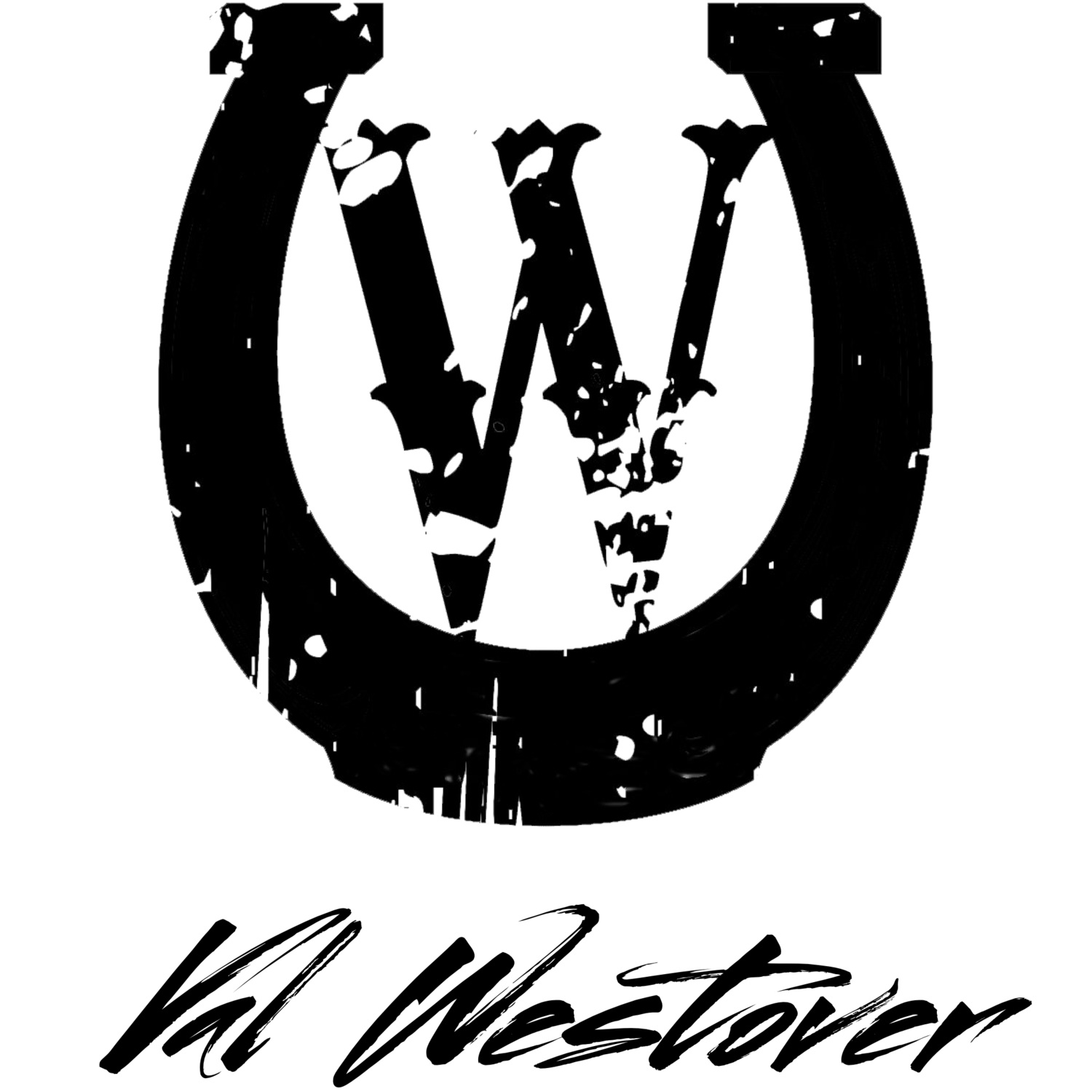What Does Your Professional Headshot Say About You?
/In today’s digital-first world, your professional headshot is often the first impression you make. Whether it’s on LinkedIn, a company website, or a conference bio, that single image speaks volumes before you even say a word. But what exactly does it say? From your attire to your expression, every detail in your headshot sends a message about your personality, competence, and professionalism. Let’s break it down.
1. Attire: Dressing the Part
Your clothing choice is the foundation of your headshot’s message. A suit and tie scream corporate confidence—think finance, law, or executive leadership. Meanwhile, a smart blazer with an open-collared shirt might suggest a creative yet polished vibe, perfect for marketing or tech professionals. Going casual with a clean t-shirt? That could signal approachability and modernity—common in startups or artistic fields.
But it’s not just about the style; it’s about the fit. A well-tailored outfit says you’re detail-oriented and take yourself seriously. On the flip side, wrinkled or ill-fitting clothes might hint at carelessness, even if that’s not your intent. Before you snap that photo, ask: Does this outfit align with my industry and the image I want to project?
2. Expression: The Window to Your Personality
A smile can make or break your headshot. A warm, genuine grin suggests friendliness and openness—qualities that resonate in client-facing roles like sales or customer service. A neutral or serious expression, however, might convey authority and focus, ideal for consultants or academics. The key is authenticity. A forced smile looks awkward and can undermine trust, while a natural expression—whatever it may be—builds connection.
Your eyes matter too. Direct eye contact with the camera creates a sense of confidence and engagement, as if you’re ready to meet the viewer head-on. Looking slightly off-camera might add an air of thoughtfulness or creativity, but too much diversion could read as disinterest.
3. Background: Setting the Scene
What’s behind you matters more than you might think. A plain, neutral background—think gray or white—keeps the focus on you and screams professionalism. It’s a safe bet for most industries. A blurred office setting or bookshelf can subtly nod to your work environment, suggesting you’re in your element. Outdoor shots with natural light might hint at a free-spirited or unconventional approach, which could appeal in fields like design or entrepreneurship.
But beware of clutter. A messy desk or distracting elements (say, a bright neon sign) can make you seem disorganized or unprofessional. Your background should enhance, not compete with, your presence.
4. Lighting and Quality: Polishing Your Image
Lighting isn’t just technical—it’s symbolic. Soft, even lighting flatters your features and suggests you’ve put effort into looking your best. Harsh shadows or dim lighting, on the other hand, can make you appear unapproachable or sloppy. A high-resolution photo shows you care about the details, while a grainy, low-quality shot might imply you’re cutting corners—not a great look when you’re trying to land a job or client.
Natural light is a fan favorite for a reason: it’s flattering and accessible. But if you’re indoors, a ring light or softbox can elevate your headshot from amateur to pro in seconds.
5. Grooming and Details: The Finishing Touch
A polished appearance signals reliability. Neat hair, subtle makeup (if applicable), and a clean shave or well-groomed beard show you’ve got your act together. Over-the-top hairstyles or flashy accessories might work if you’re in a creative field, but they can backfire in conservative industries. The goal isn’t to erase your personality—it’s to balance it with professionalism.
Even small details, like a visible tattoo or a quirky tie, can add a hint of individuality. Just make sure they align with the story you want to tell.
What’s Your Headshot Saying?
Ultimately, your professional headshot is a snapshot of your personal brand. It’s not about conforming to a cookie-cutter ideal but about curating an image that reflects who you are and what you bring to the table. A lawyer’s headshot might radiate gravitas, while a graphic designer’s could burst with creativity. Neither is wrong—they’re just different.
So, take a look at your current headshot. Does it match your career goals? Does it invite the right opportunities? If not, it might be time for a refresh. After all, in a world where first impressions are often digital, your headshot isn’t just a photo—it’s your handshake, your elevator pitch, and your calling card all rolled into one.









